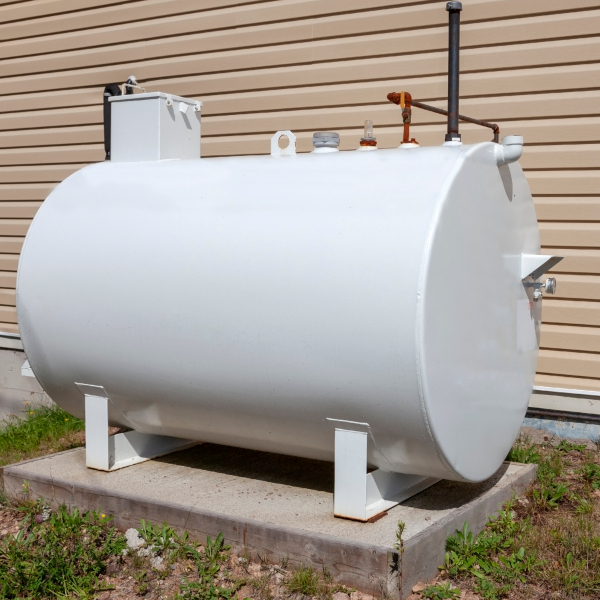Many homeowners do not think about the state of their residential oil tanks, however they play an essential role in ensuring the safety and comfort of the home. The replacement of oil tanks is an important expense for homeowners, as it directly affects infrastructure and the environmental safety of the house.

Oil tanks for residential use are the unrecognized heroes of the home. They provide fuel for heating systems and hot water systems. Over time, however, corrosion can set in and cause leaks and environmental risks. It is vital for homeowners to check the state of their tanks and decide on a replacement when necessary. The process of replacing oil tanks isn’t only about saving money, it’s essential to make sure that the environment is secured and your home is secure and that you have a continuous supply of heating oil.
Looking at the Cost
The financial aspect of oil tank replacement is a major consideration for homeowners. The total cost can fluctuate according to factors like tank size, complexity of installation as well as any additional conditions for environmental compliance. Accurate cost estimates from reliable oil tank service providers is essential to ensure that you budget effectively. While the initial investment might seem substantial, it’s an essential step to maintain the safety and security of the home.
Factors Influencing Replacement Costs
A variety of factors influence the oil tank replacement cost. Tank size and design access to installation sites, environmental remediation needs, and compliance with building and safety regulations all play a part. Homeowners must be aware that material and labor costs are included, as well as any upgrades that might be possible. Homeowners are able to make better choices about the cost of replacement if they know these elements.
Prioritizing Environmental and Safety Considerations
Tanks for oil are being replaced with security and environmental concerns with environmental considerations in mind. The older tanks are more susceptible to leaks and corrosion and pose a risk of groundwater and soil contamination. If you replace deteriorating tanks you will be able to protect the environment as well as your home. Furthermore, the adherence to strict safety guidelines during new tank installations prevents potential accidents and ensures the safety of your family.
Selecting a Reliable provider
It is important to select the right service provider with an established reputation for oil tank replacement. This will ensure an efficient and safe process. The homeowner should choose qualified professionals who have worked in oil tank removal and installation. It is recommended to pick an expert service provider with extensive experience in oil tank removal and replacement. They must also be dedicated to environmental and safety responsibility, and a high level of professionalism. Professions with integrity ensure that requirements for replacing oil tanks are addressed with professionalism and honesty.
Long-term Benefits outweigh Initial Costs
Although the expense of replacing the oil tank may initially appear expensive, the long-term benefits are worth it. Removing old tanks can help homeowners avoid costly environmental remediation and property damage caused by leaks. Tank replacements offer increased performance and security, bringing peace of mind and an efficient heating fuel source. The replacement of oil tanks is a responsible action that protects your home and encourages environmentally responsible practices. This also improves security and comfort in the long-term.
In conclusion the replacement of oil tanks is not just a financial investment, but an essential step for homeowners to ensure safety, functional, and environmental integrity of their homes. When they understand the importance of replacement, taking into account the costs, and focusing on safety and environmental considerations homeowners can make educated decisions. Homeowners can safeguard their home by performing proactive maintenance, and replacing the old materials in an environmentally responsible way. This will lead to creating a more sustainable and safe living environment.